Zoë Papakipos
Results and findings of the 2021 Image Similarity Challenge
Feb 08, 2022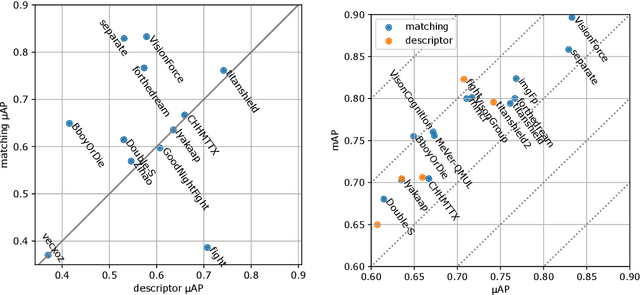
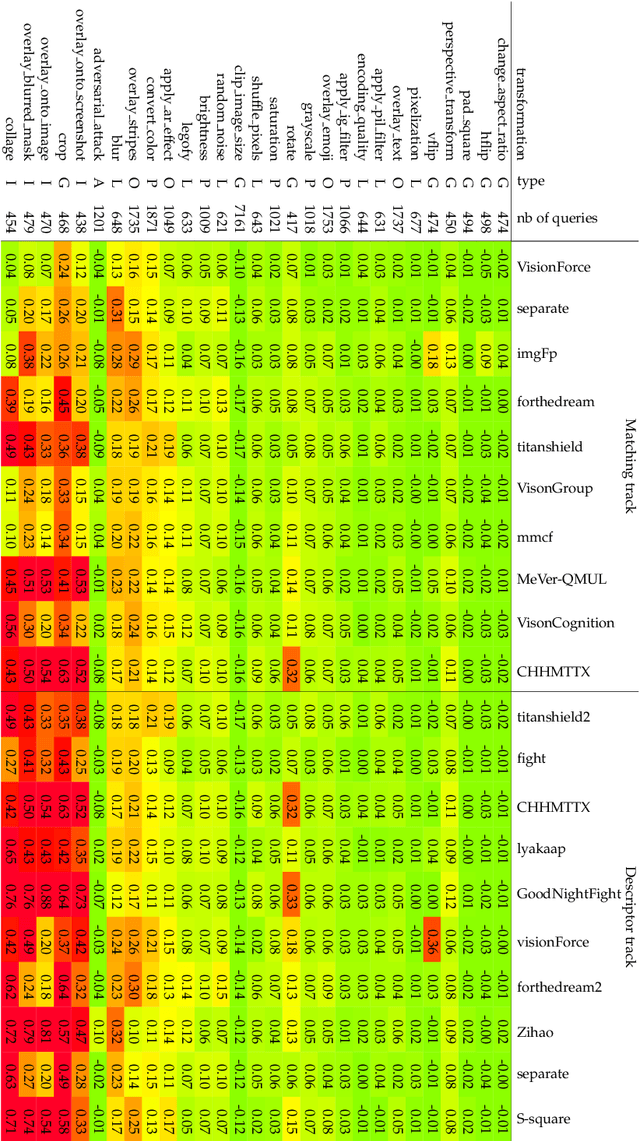
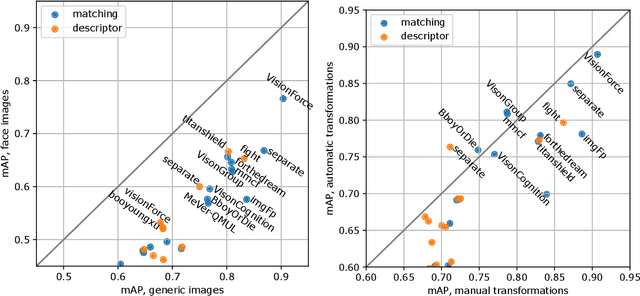

Abstract:The 2021 Image Similarity Challenge introduced a dataset to serve as a new benchmark to evaluate recent image copy detection methods. There were 200 participants to the competition. This paper presents a quantitative and qualitative analysis of the top submissions. It appears that the most difficult image transformations involve either severe image crops or hiding into unrelated images, combined with local pixel perturbations. The key algorithmic elements in the winning submissions are: training on strong augmentations, self-supervised learning, score normalization, explicit overlay detection, and global descriptor matching followed by pairwise image comparison.
The 2021 Image Similarity Dataset and Challenge
Jul 01, 2021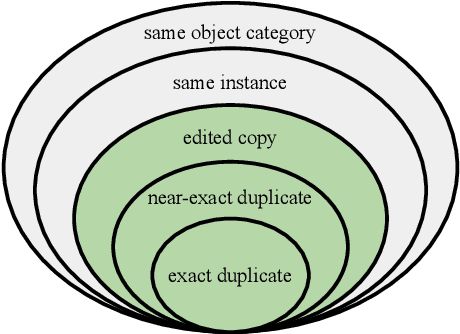
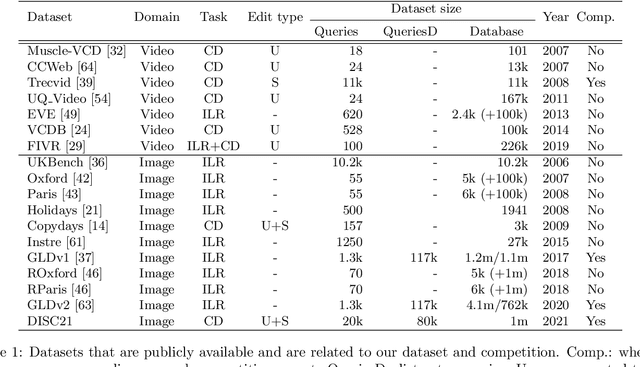
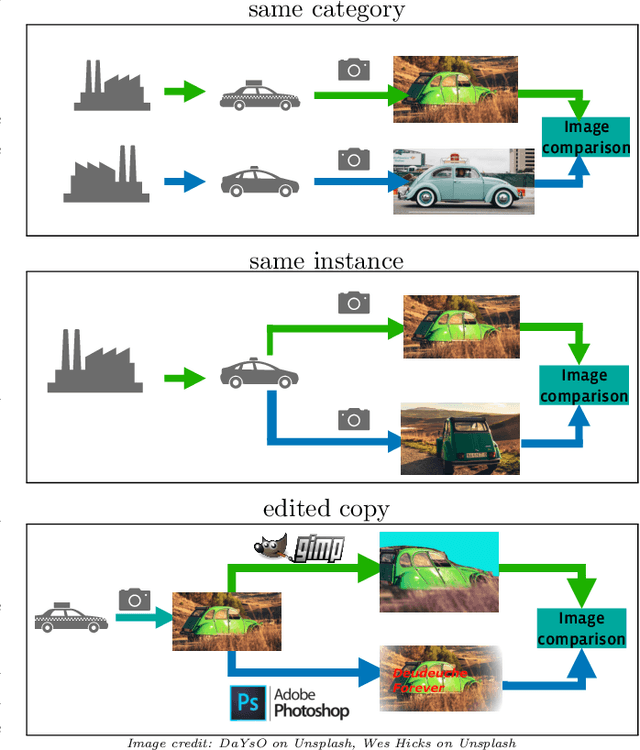

Abstract:This paper introduces a new benchmark for large-scale image similarity detection. This benchmark is used for the Image Similarity Challenge at NeurIPS'21 (ISC2021). The goal is to determine whether a query image is a modified copy of any image in a reference corpus of size 1~million. The benchmark features a variety of image transformations such as automated transformations, hand-crafted image edits and machine-learning based manipulations. This mimics real-life cases appearing in social media, for example for integrity-related problems dealing with misinformation and objectionable content. The strength of the image manipulations, and therefore the difficulty of the benchmark, is calibrated according to the performance of a set of baseline approaches. Both the query and reference set contain a majority of "distractor" images that do not match, which corresponds to a real-life needle-in-haystack setting, and the evaluation metric reflects that. We expect the DISC21 benchmark to promote image copy detection as an important and challenging computer vision task and refresh the state of the art.
Stackelberg Punishment and Bully-Proofing Autonomous Vehicles
Aug 23, 2019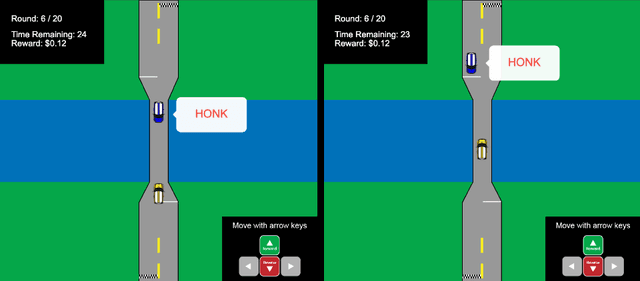
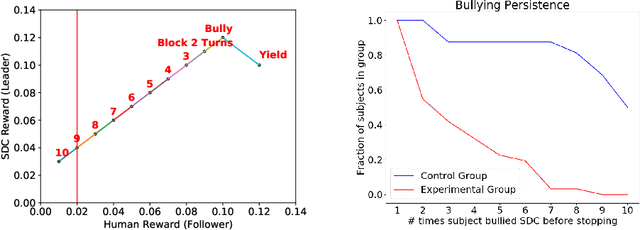
Abstract:Mutually beneficial behavior in repeated games can be enforced via the threat of punishment, as enshrined in game theory's well-known "folk theorem." There is a cost, however, to a player for generating these disincentives. In this work, we seek to minimize this cost by computing a "Stackelberg punishment," in which the player selects a behavior that sufficiently punishes the other player while maximizing its own score under the assumption that the other player will adopt a best response. This idea generalizes the concept of a Stackelberg equilibrium. Known efficient algorithms for computing a Stackelberg equilibrium can be adapted to efficiently produce a Stackelberg punishment. We demonstrate an application of this idea in an experiment involving a virtual autonomous vehicle and human participants. We find that a self-driving car with a Stackelberg punishment policy discourages human drivers from bullying in a driving scenario requiring social negotiation.
 Add to Chrome
Add to Chrome Add to Firefox
Add to Firefox Add to Edge
Add to Edge